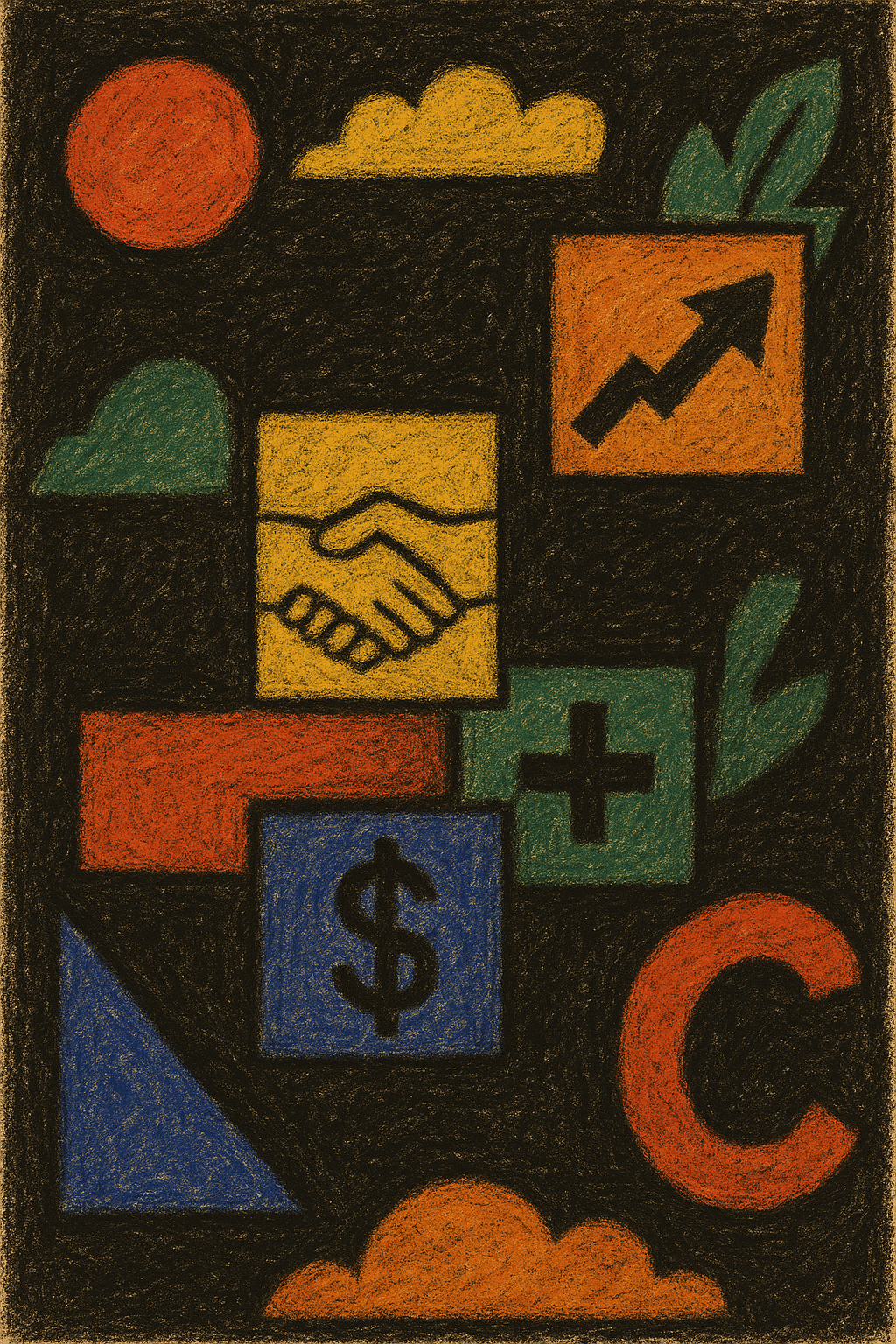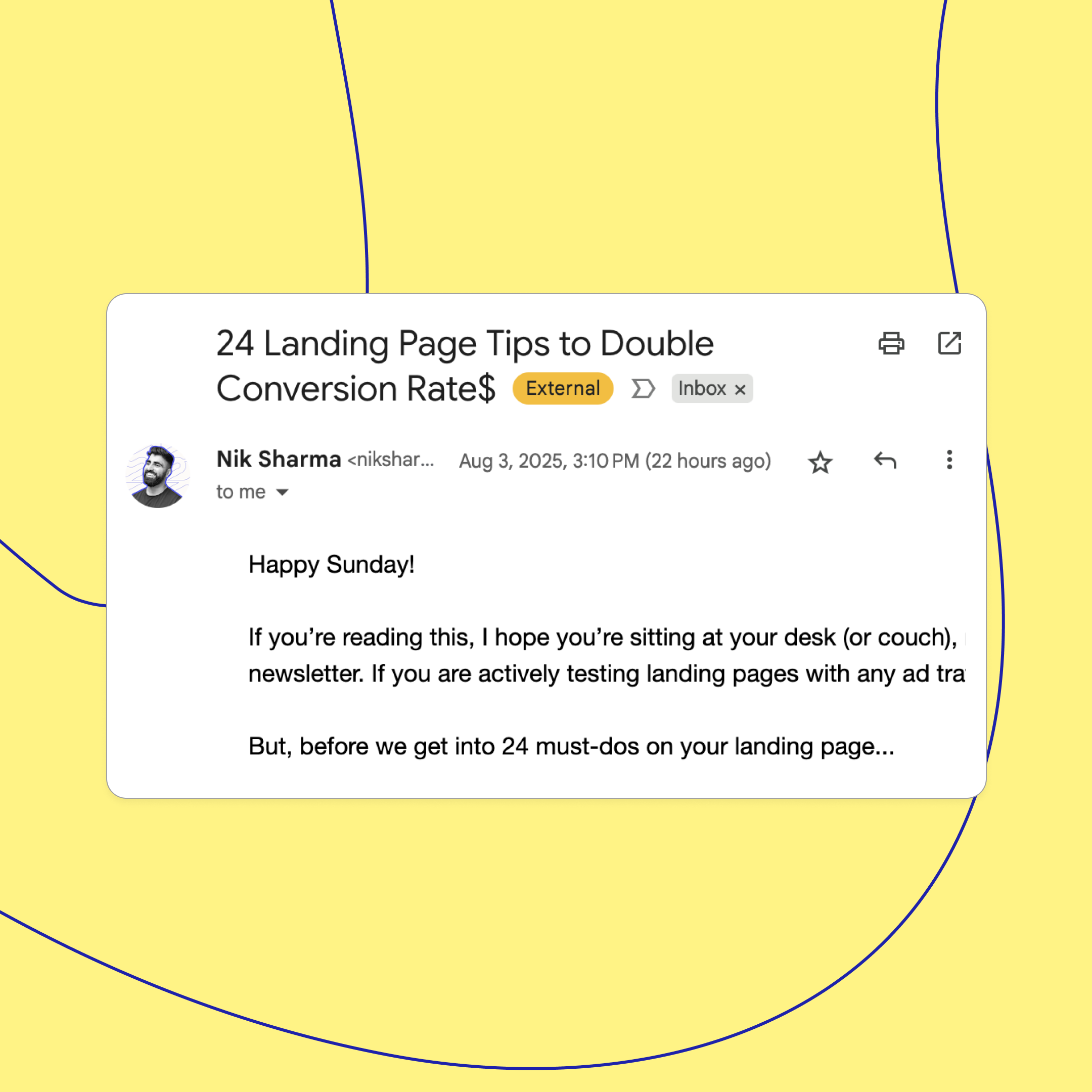New industries are built on powder kegs & a single spark. Where behavioral trends are often the powder kegs, and new technologies are often the spark.
And there’s no better illustration of this than in paid media.
Looking back a decade & a half ago, the trend was that more people were spending time in digital destinations (Facebook for example), and the technological spark that followed was ‘productization’ of auction systems, tagging/targeting, and user friendly dashboards to manage campaigns in one place. While not perfected overnight, by the time 2013 came around, Facebook had changed everything and matured a mainstream way to reach prospective customers – giving birth to what would lead to the red-hot space of DTC.
This same story is repeating itself in 2024, but this time with one of the oldest & most effective forms of marketing out there: word-of-mouth (and more specifically, affiliate marketing). Now, it’s important to call out that I'm talking about the ‘legacy’ affiliate model here, for which Noah Tucker does a great job making a delineation on.
Consider the ‘modern affiliate’ as someone with an organic audience, with the capacity to inform or influence purchasing decisions.
Affiliates today
Affiliates are having their moment by virtue of the fact it’s never been easier to produce content, it’s never been easier to find an audience for that content (no matter how niche), and it’s never been easier to build community & communicate with that audience on-going. An affiliate (influencer, content creator, story-telling, online personality, etc) has posts, comments, stories, broadcast channels, DM’s, group chats, and community management platforms (Patron & Discord) at their disposal after all.
That’s why today, you’ll find no shortage of affiliates generating personal wealth by virtue partnerships via affiliate links & codes. However, this in lies the trend - still ripe to be disrupted & enlightened by technological advancements.
The problem is that becoming an affiliate requires additional effort & risk for a budding personality. It takes time to find partnerships, it takes effort to self-educate on how to deliver results, and it tests your audience’s engagement to push a new link or discount code week after week. And the same goes for brands, specifically in regards to their efforts with recruitment, project management, and strategies around engagements. That’s why historically there exists a gap on how affiliates can build legitimate businesses with this monetization model, and why brands are yet to view it as their primary acquisition channel (despite how good it sounds on paper).
On top of that, there exists the consumer experience behind it all. Who’s become numb to the persistence of affiliate links & engagements. Affiliate links & discounts were originally designed as vehicles for attributing revenue to a source, but they’ve unfortunately remained just that. There exists so much opportunity on the table to turn the ‘execution’ of collaborations into experiences in themselves – that are better at cultivating excitement, trust & checkouts (with airtight attribution baked in).
Here comes performance
It’s time for the trend of affiliate marketing to meet better technologies that can spark a more performative future. Cue tools like CreatorCommerce & Social Snowball.
Social Snowball is eradicating upfront effort out of the affiliate recruitment process, making it easier to convert customers into affiliates, and to land influencers who actually give a shit about your brand. They’re doing this by identifying influencers that already shop with you to begin with. Leading to better aligned partnerships, that carry more intent & attachment from the get-go. On top of that they support end-to-end program management and affiliate payouts.
As you build and manage an owned affiliate army with Social Snowball, you can feed it into CreatorCommerce to drive tangible outcomes & results when it comes time to co-sell. CreatorCommerce does this by providing your affiliate bases with co-branded experiences for their respective affiliate segment (From influencers to customer affiliates). From curated shopping lists, to product endorsements, to highlighting fits in your spring release.
Why co-brand?
The crux of it is that affiliates don’t want to feel like billboards, they want to feel like partners, and even more-so like entrepreneurs. Majority of Gen-Z wants to grow up to become an entrepreneur after all. Keeping their namesake across the selling experience accomplishes this, and it not only helps self-esteem, but it generates raw excitement & novelty. Leading to drastic increases in how many posts & how much content your brand receives as an outcome. Effort from your affiliates is the biggest hurdle to campaign success, and when you bundle additional incentives & selling milestones, it makes for a distributed salesforce for your brand.
What happens when your affiliates post more & drive more traffic? You grow top-of-funnel rapidly, and that’s where co-branding finishes the job. Namesake & trust are what drives traffic, and they also hold onto it. No one likes to lose their focus & flow state, and when you take a consumer from an aspirational social post to a generic shopping experience on your website (absent of the creator), that’s exactly what you do.
What’s next?
It’s no secret affiliate marketing has lagged behind paid as far as performance based concepts go. It’s not a replacement to paid media despite its buzz, and maybe it never will be for the average brand... But with recent platform advances, we have never been closer to brands being able to completely embrace word-of-mouth as a primary acquisition that they can forecast, optimize, and report around.
If affiliate is on your mind, or word-of-mouth in general, it’s time to lean in. The industry is looking more & more like Facebook ads back in 2013. There’s no one size fits all strategy at this stage, but there’s also no shortage of ways to adapt the system around your niche & target audience. It’s a business of people after all, not algorithms.
Looking for help? Let's explore together




.png)





%201.png)
%201.png)
